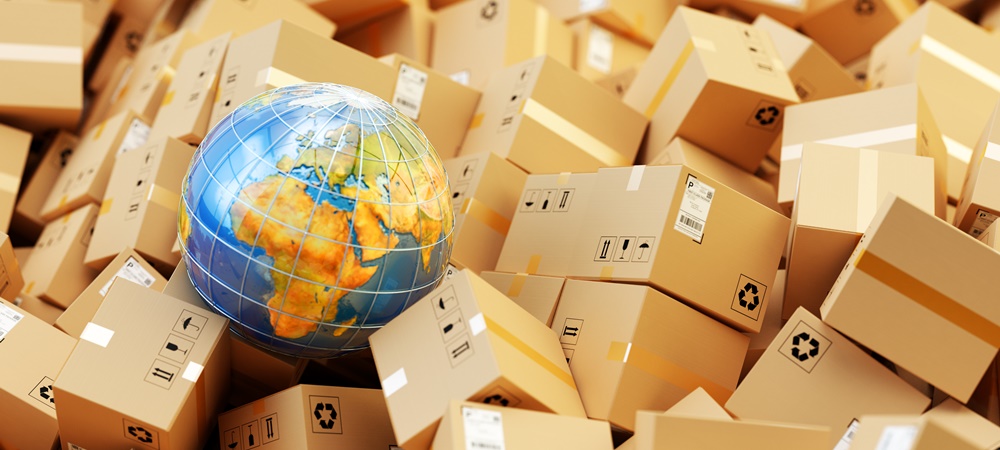Australians are leading the rest of the world when it comes to cross-border shopping, according to a new survey of 13,000 adults from across 13 countries.
With 86 per cent of Australians stating that they have shopped at an online store based outside of Australia, the country is second only to Singapore (86 per cent) and miles ahead of the United States, where just 45 per cent of respondents indicated they have taken part in cross-border shopping.
The percentage increases among millennials, with 90 per cent of those aged 18 to 34 having shopped cross-border, but older generations are not far behind. In fact, 89 per cent of those aged 35 to 44 have shopped cross-border, 84 per cent of 45 to 54 year olds, and 82 per cent of over 55s.
Although the stats for shoppers looking overseas are high, David Hope, spokesperson for Pitney Bowes, which commissioned the survey, told Retailbiz Australian retailers should see it as an opportunity.
“Australian retailers should see all of this data as evidence of tremendous opportunity for online shopping domestically and cross-border,” he said. “We are leading the world in many ways and shoppers here and abroad are embracing today’s global marketplace.”
Hope also pointed to shifts in consumer behaviour around travel and tech that open up new opportunities for Australian retailers.
Travel trends
The survey uncovered a link between physical stores and online platforms when consumers are travelling. Globally, 63 per cent of cross-border shoppers make in-store purchases while abroad, and then follow this up with online purchases from the same retailer when they return home.
This presents a big opportunity for Australian retailers and brands, said Hope, as recent figures from AusTrade reveal more than seven million international travellers visited Australia during the 2015/16 financial year. These travellers are all potential shoppers, both while they are in Australia and in their home countries.
“47 per cent of Australians do it but the average of shoppers across Asia is much higher, with most cross-border shoppers in China (84 per cent), India (82 per cent) and South Korea (75 per cent) saying they revisit a retailer online following international travels,” said Hope.
“This is a real opportunity for Aussie retailers to welcome visiting shoppers and make sure they have the data that allows them to market to tourists once they return home.” Rather than considering international shoppers as a one-time transaction, retailers should attempt to convert them into cross-border shoppers.
“It could be as simple as welcoming international travellers, capturing their emails and letting these shoppers know that they can visit your site when they return home.”
Tech trends
Technology, including mobile and social commerce, is another area where Australian retailers can find new opportunities. Although more Australians are browsing, buying and tracking shipments on mobile devices, Hope explained the survey revealed smaller numbers than expected.
While 38 per cent of Australians track a package on their mobile device and 36 per cent use mobile to browse for information about a product, only 29 per cent of people complete a purchase on their smartphone or tablet.
This means retailers need to optimise their mobile shopping experience. “This is important because in our data, we saw that countries with high mobile usage also have high frequency in online shopping,” Hope explained.
“Retailers should aim to help browsing shoppers complete their purchase immediately, rather than waiting to get on a computer to finish the purchase. We live in a world that gets busier every day—a lot can happen between putting your phone down and getting to a laptop or desktop to complete your purchase.”
Other tech trends uncovered by the survey include a rise in the use of augmented reality (AR), with two per cent of people globally using AR to find makeup, clothes and furniture. “This figure is expected to rise as retailers implement these experiences online and in stores,” said Hope.
Social buying is also expected to increase in Australia. Currently only 14 per cent of Australians find new products on social platforms compared to 45 per cent in Hong Kong, so this is a space to watch.
When it comes down to it, Hope said customer experience online is the most important thing and will keep consumers shopping from Australian stores.
“If you look at the brands here in Australia that rule online retail, their experiences online and in-store are so seamless,” he said. “These retailers are customer-focussed, providing a personalised experience that creates loyal shoppers.”

